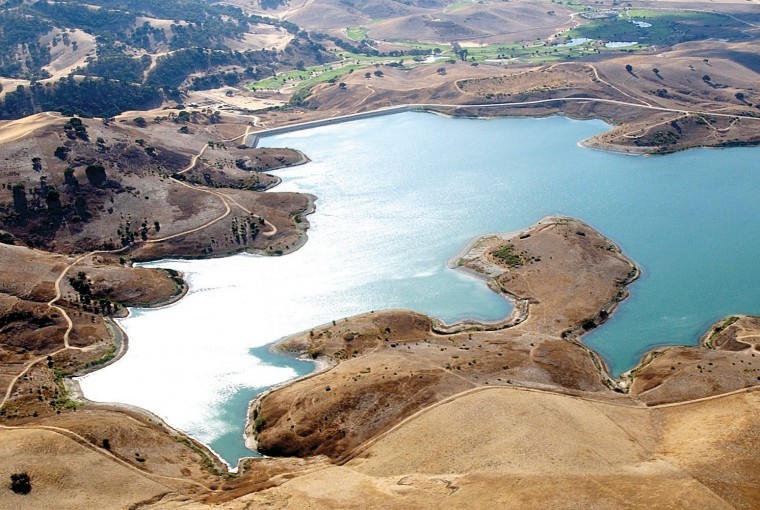It is simply inexcusable and reflective of a larger problem: The federal government has dragged its feet in responding to the zebra mussel infestation of San Justo Reservoir and, in the meantime, has put a freeze on the recreational spot’s economic potential in the community.
The invasive species was first discovered at the Hollister-area reservoir in January 2008, and more than four years have gone by as the reservoir remains closed to the public, as the federal government does its typical slow dance with required environmental reviews before taking any real action.
Most recently, the county water district announced its long-awaited environmental review will be available to the public soon, possibly this week, with the plan focused on the use of a natural substance called potash to eliminate the zebra mussels – which produce toxins that can kill other organisms while also posing a risk of clogging delivery systems. After a 30-day review period, the local district board could certify the document sometime in March.
The county district, of course, is following in line with the federal Bureau of Reclamation’s lead on the eradication project. That federal agency is conducting its own, simultaneous environmental review. When both reports are done, a final plan would head to Congress for funding approval, with a likely cost in the $2 million to $3 million range. As water district Executive Director Jeff Cattaneo pointed out, however, any eradication plan would not move ahead for at least a year due to what he acknowledged as bureaucratic hurdles.
Four years have been washed away without even approving an action plan. Now, it likely will take several more years before the plan is executed.
This amount of time is unconscionable, and underscores that the federal government not only bogs itself down in environmental regulations and processes, but that such agencies also fail to adequately account for the economic impacts locally caused by extended bureaucratic delays.
It is widely known that mussel eradication is difficult and expensive, so it makes no sense to further extend the already complex process by allowing at least a half-decade to go by – San Justo is just one example among many throughout the nation – without real progress. In this case, the federal government does not seem to understand that time really is money, and it comes on the heels of another federal agency’s push to permanently close another major recreational draw in San Benito County – the Clear Creek Management Area.
For a federal government that just handed out a trillion dollars like it was candy in an attempt to spur the economy, it seems odd that there is no emphasis on speeding up such environmental reviews – in curtailing the regulations – to ensure the least level of negative, economic impact possible. Curiously, in the case of San Justo Reservoir, the stalled environmental process also means the invasive species is continuing to wreak further havoc on the reservoir’s own environment.
County officials must continue to put pressure on the federal government. Federal leaders such as Congressman Sam Farr should take notice of the San Justo Reservoir eradication effort – the first known discovery of zebra mussels west of Colorado and a potentially larger mess for California as a whole – and finally get the picture that five or more years without tangible progress is unacceptable and indicative of a shattered system.









